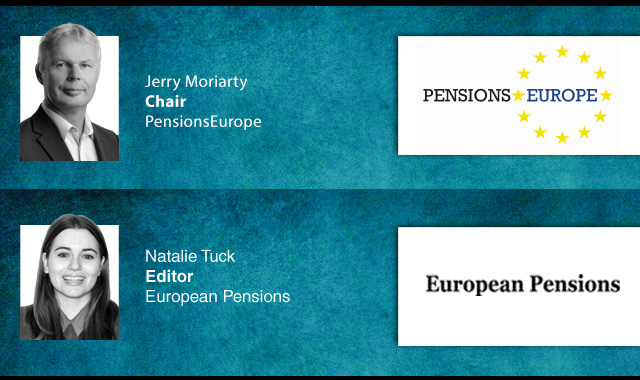The implementation of behavioural economics tools is key to “reframe” the Pan-European Personal Pension (PEPP) product for success, and the question is “no longer how to activate the PEPP but who will be the architect to lead the way”, according to University of Barcelona professor and Novaster president, Diego Valero.
Speaking at the CBBA-Europe Annual Conference in Brussels yesterday, 9 October, Valero described the PEPP as a “brilliant and smart product”.
He argued that, even though there are currently just two providers, the product is not a market failure, but rather the failure is in not understanding the individual saver.
“We need to reframe the product. The question is not about the products and regulation, it’s about people,” he said, and added: “We need to see the journey through the individuals’ eyes”.
Valero spoke on how behavioural economics can influence people. Currently, he said “sludges”, which make things more complex for people, “creates inaction”.
Instead, concepts of nudging and choice architecture can increase pension coverage.
“A nudge is a way to push people to make decisions that can benefit them,” he said.
Choice architecture, Valero explained, is an intervention that can influence people’s decision making.
He listed three examples as part of these that could be used to increase pension coverage and investment, and added that there are already case examples in Europe.
“Across Europe, these tools to steer the path have already been forged. Maybe we just need to look at our neighbours to learn from them,” he said.
The first is utilising inertia through auto-enrolment (AE), where he cited the UK as having increased pension coverage from 30 per cent to 92 per cent as a result of the policy.
Indeed, the European Insurance and Occupational Pensions Authority (EIOPA) has recently called for AE's introduction in Europe as part of its recommendations to increase supplementary pension coverage.
Valero then highlighted the simplicity of Sweden’s premium pension system default fund option, AP7 Såfa.
“It is a high-quality fund, low cost, lifecycle, good performance and almost 90 per cent of Swedish employees are in this default fund. These kinds of default funds protect people from the paralysis of choice,” he said.
The third, he said, is the bridge of trust.
“Some surveys show that employees trust more in their own employer than any pension fund, so we need to use the employer as a bridge to make it easy for people to save,” he said.
Looking to the future, Valero believes that a new world where employees can move and work across Europe and their pension will follow them is very close to us.
“The question now is no longer how to activate the PEPP but who will be the architect to lead the way…. Providers, regulators, consultants, who of us will design this behaviourally to inform the future, that’s the question,” he concluded.
Latest News
-
Pension gap and VfM dominate Europe’s consumer risk landscape
-
Europe’s pension associations welcome IORP stress test results
-
AAE identifies ‘cross-cutting challenges’ of European pension tracking service
-
I&P Denmark hails govt’s 82% climate target as ‘strong signal to the world’
-
News in brief: 19 December
-
European insurtech firm Lumera acquires Acuity for undisclosed amount
Podcast: Stepping up to the challenge

In the latest European Pensions podcast, Natalie Tuck talks to PensionsEurope chair, Jerry Moriarty, about his new role and the European pension policy agenda
Podcast: The benefits of private equity in pension fund portfolios

The outbreak of the Covid-19 pandemic, in which stock markets have seen increased volatility, combined with global low interest rates has led to alternative asset classes rising in popularity. Private equity is one of the top runners in this category, and for good reason.
In this podcast, Munich Private Equity Partners Managing Director, Christopher Bär, chats to European Pensions Editor, Natalie Tuck, about the benefits private equity investments can bring to pension fund portfolios and the best approach to take.
In this podcast, Munich Private Equity Partners Managing Director, Christopher Bär, chats to European Pensions Editor, Natalie Tuck, about the benefits private equity investments can bring to pension fund portfolios and the best approach to take.
Mitigating risk
BNP Paribas Asset Management’s head of pension solutions, Julien Halfon, discusses equity hedging with Laura Blows
© 2019 Perspective Publishing Privacy & Cookies





Recent Stories